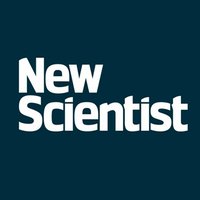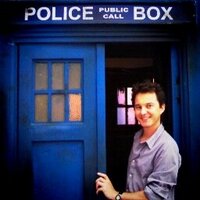
New Scientist
@newscientist
The best place to find out what’s new in science – and why it matters.
ID: 19658826
http://www.newscientist.com 28-01-2009 16:05:49
135,135K Tweet
4,4M Followers
294 Following



Our advice columnist David Robson looks into the science of how laughter affects our credibility at work. newscientist.com/article/mg2633…
















